Guillermo Del Toro’s Pinocchio is a is a wonderfully fanciful reimagining of the classic tale more true to the original story written by Carlo Collodi in 1883, than to the 1940 Disney version most of us are familiar with. As this film won the Oscar for 2023’s Best Animated Feature, the time felt right to highlight the art and craft behind what is being hailed as a masterpiece of stop-motion animation.
This post harkens back to a trip my husband Brian and I made back in August of 2021 to visit our son Bob Blevins in Portland, Oregon. Bob is a stop-motion animator, and he was one of the talented animators bringing Guillermo Del Toro’s Pinocchio to life. To our delight, Bob arranged for us to tour the set of Pinocchio at ShadowMachine, the studio in Portland where the film was being made.
First, a little background on stop-motion animation
Stop-motion is one of the oldest filmmaking techniques. It is the process of making a moving image, frame-by-frame, by altering 3-dimensional models or “puppets” as they are called, within a 3-dimensional scene. Each movement is photographed, and then these frames are assembled and played in sequence to create a moving image.
Some famous examples of stop-motion animation include the special effects in the 1933 King Kong movie or 1960’s Rankin Bass Christmas specials like Rudolf the Red-nosed Reindeer. More recent examples include feature length films like The Nightmare Before Christmas, Chicken Run or Coraline.

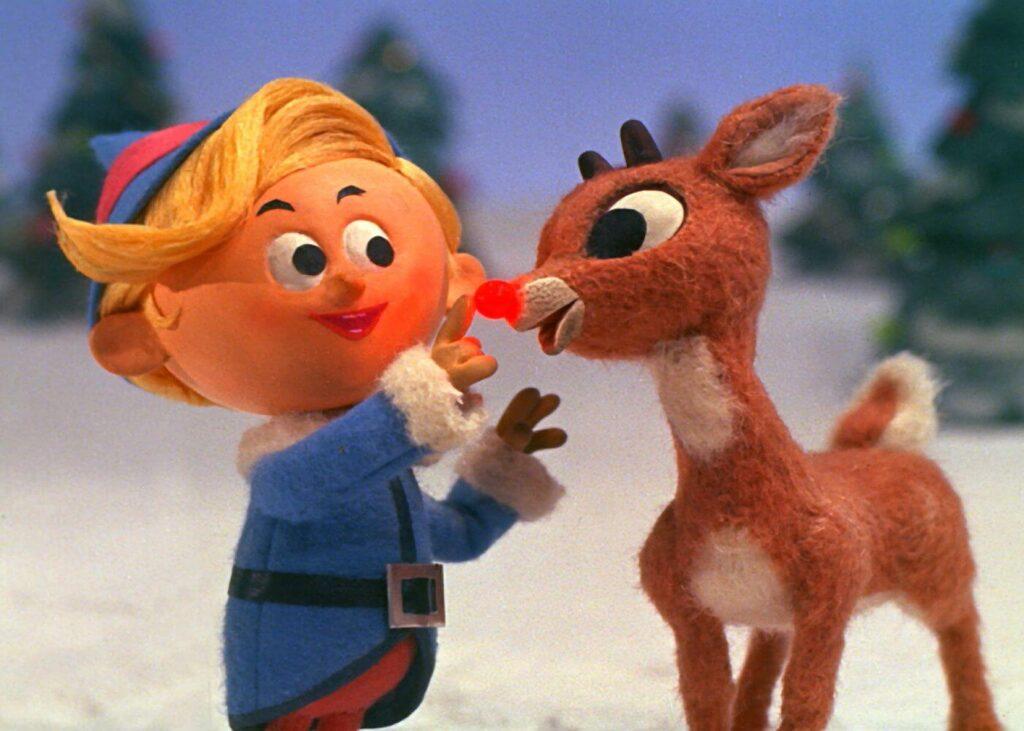
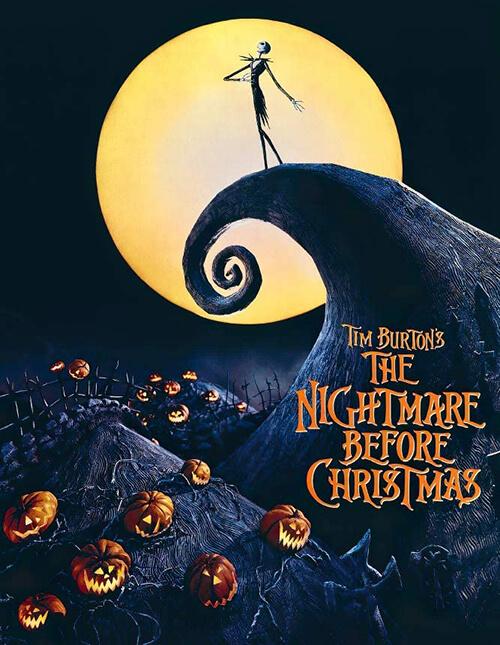
Normally film captures reality. Animation creates it, and has to simulate the capture. You give life to it. And that is the highest art form.
Guillermo Del Toro
Feature-length film stop-motion animation
Stop-motion animation is truly a cinematic art form, handcrafted, frame-by-frame. It is a painstaking process, where roughly 1440 individual frames or images need to be produced to create one single minute of stop-motion animation.
In stop-motion animation, the animators become the actors. Armed with the voice track and scene direction, the process for creating a shot begins by filming a Live Action Video or “LAV” for reference. Upon approval of their LAV, the animators begin the intricate and intense process of animating the puppets to match the LAV.
LAVs are very important in creating a realistic scene. The animators are supplied with props to film their LAVs, for example, a human-sized wooden Pinocchio nose was provided for the animators to wear when creating a Pinocchio LAV. Wearing the nose helped the animators to fully understand the movement and expression of the Pinocchio character.
A super-collaboration of Makelings
Making a film of this breadth to such a high standard requires a hugely complex collaboration of creatives. The handcrafted aspects of stop motion filmmaking extends far beyond the actual animation process described above. Before any animating can take place a host of preproduction activities need to occur. It was phenomenal to see our son Bob at work in this environment, but it was fascinating to see and meet with some of the special makers working behind the scenes to create the Pinocchio world.
The Puppets
There is an entire department devoted to the making and maintaining of the puppets, including developers, sculptors, armaturists, painters, mold makers, costume makers and fabricators work together to make what look like dolls.
But these puppets are more than just dolls. Geppetto is a mechanical face puppet and his inner workings are as complicated as a Swiss watch. Geppetto’s facial expressions, hair, beard and brows can all be manipulated to create the huge range of expression you see in the film. Geppetto was Bob’s favorite puppet to work with. There were multiple Geppetto puppets created to be available to animators shooting at the same time. When we toured the studio there were 13 Geppettos at work.
Pinocchio is a replacement face puppet. His simpler wooden features were better characterized by using a series of faces that could be snapped on and off. Using 3D printing technology, many faces were fabricated to give Pinocchio a complete range of emotion. Read this amazing article for an in-depth explanation of new technologies developed by MacKinnon & Saunders, the London-based fabricator responsible for developing the puppets used on this film.
Like any movie, Pinocchio is also populated with supporting cast of characters and extras. Fairies, rabbits, dogfish, villagers, church parishioners, and carnival workers – all needed to be individually crafted and finely detailed. Less intricate two-dimensional puppets were used as background people for crowd scenes. The diligent puppet specialists are responsible for keeping all of these puppets – from the complicated to the simplest – in good shape and in proper working order.

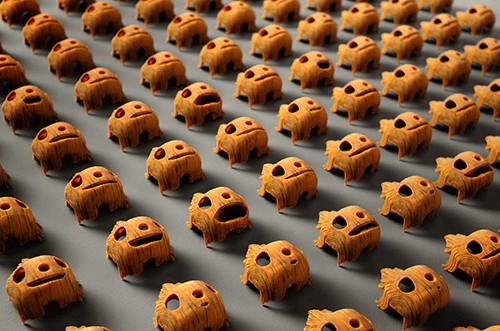
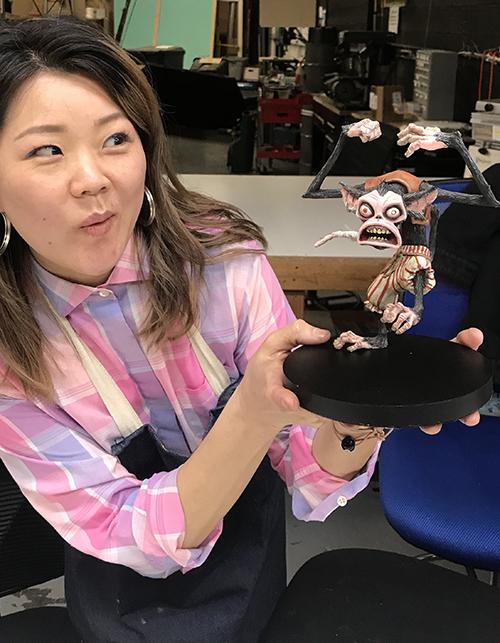
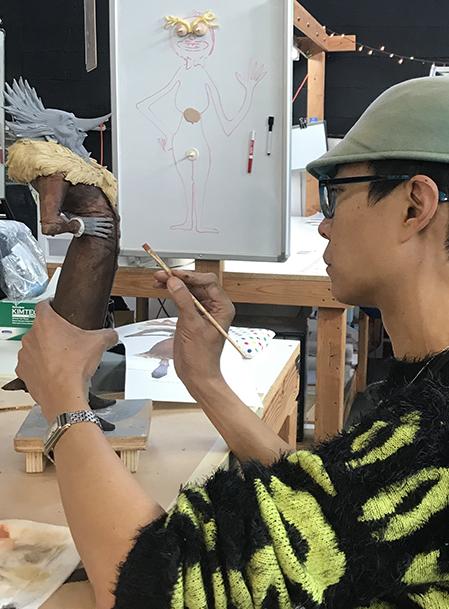


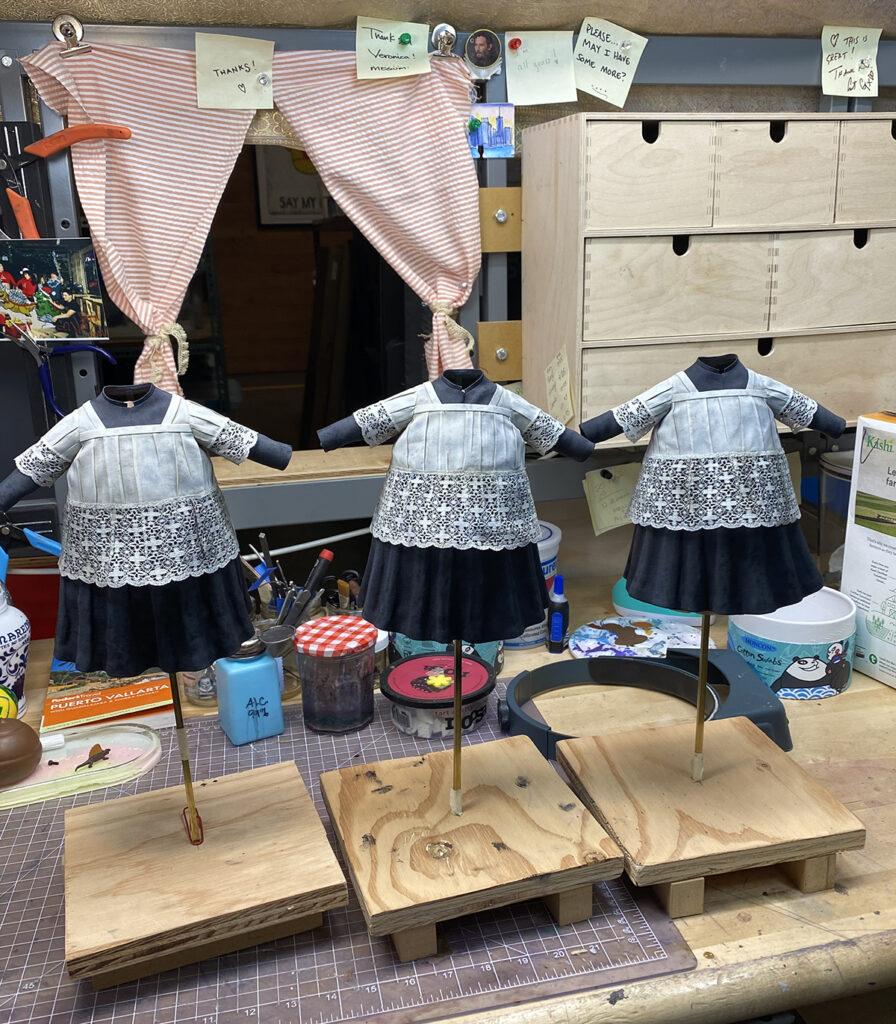

Creating Pinocchio’s World
Every aspect of the world inhabited by Pinocchio – be it a winding Italian village street or the inside of a carnival tent – was meticulously crafted by hand. To make the task even more complicated, these miniature sets, built to scale, were fabricated to be able to breakaway in various ways to create access portals for the animators.
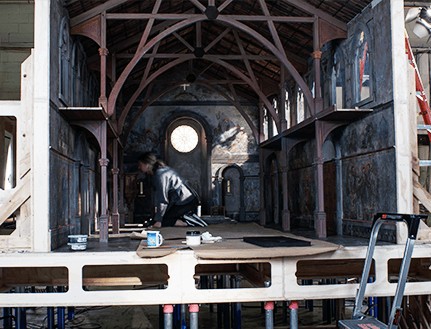
On our tour we were able to get an up close look at the set created for the church scenes. We were told they used the same set to depict three states of the building. First building the church, then “bombing” or destroying the church, and then repairing the church for the various scenes.
The interior of the church was incredibly detailed with peeling frescos, candle smoke patina, and stained glass windows. Just amazing!
From Geppettos tools, to Mussolini’s limosine, all of the furnishings and props are carefully considered and finely detailed works of art. On one of the sets I noticed plastic containers of teenie-tiny real popcorn. It was popped sorghum grain, the perfect scale for the popcorn used in the carnival scenes. So clever.
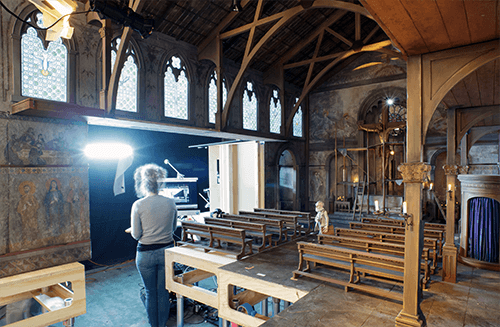
Bravo! Bravo!
I am envious of all the makers who worked on this production. Though I am retired now, I think being one of the makers on this incredible production would have been a dream job come true for me. It is impossible to touch on every maker aspect involved in the production of this film. From sound and lighting, to visual effects, even puppet hair styling, requires highly skilled, dedicated professionals. It is a bit mind-blowing. Three crews of makers located in Portland, OR, Guadalajara, MX, and London GB, collaborated to bring us this beautiful masterpiece of cinematic artistry to life. Thank you and Bravo! to one and all –

Learn More!

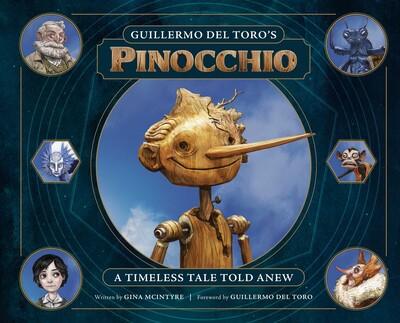


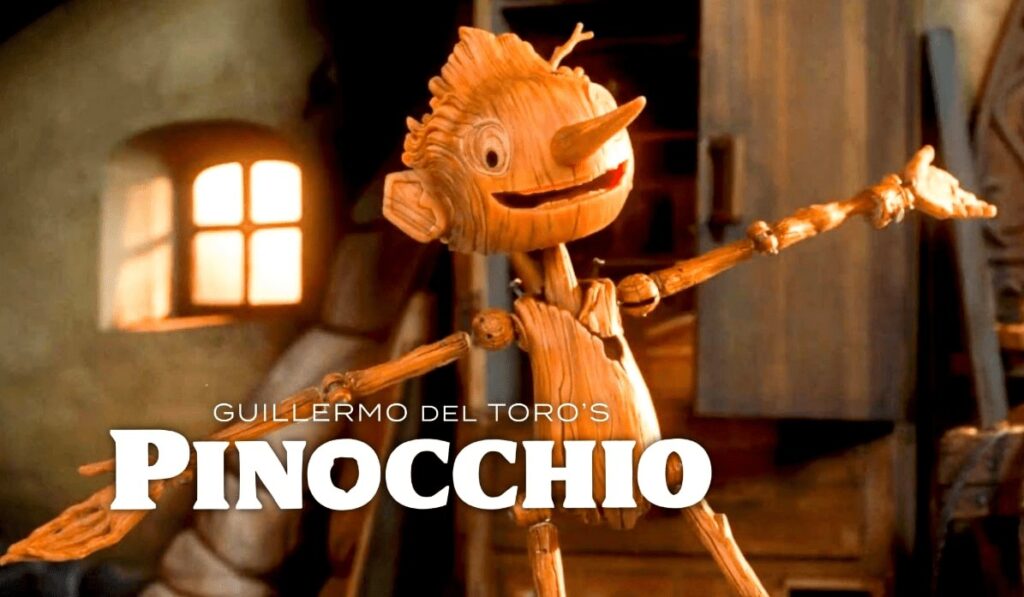
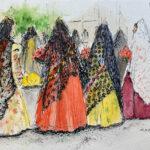

Leave a Reply